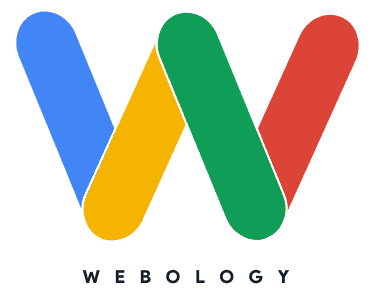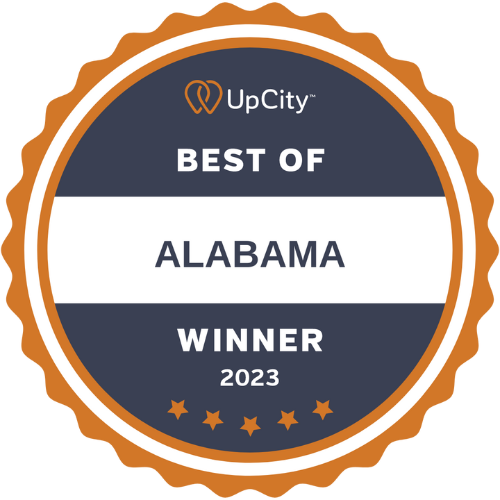As SEO advertising continues to evolve, people in the industry begin to question old techniques, targeted chiefly at search engines, as in the case of Sitemaps.
- But do sitemaps still matter for SEO, or are they just wasting time?
- When and why should you use them?
- And how can you optimize them for maximum SEO results?
In this post we will cover all these questions and more. Webology is a multi-award-winning social media agency that empowers brands to build better relationships, bring more value to the communities, and drive overall growth!
We’re a team dedicated to creating solutions businesses need to grow their brand online through organic social media marketing, paid advertising, influencer marketing, community management, social listening, SEO, and more. In other words, we’re the experienced answer to the art of analyzing and creating deep and lasting relationships between a brand and its audience online.
As a team, our #1 goal is to help you find your voice in the noise.
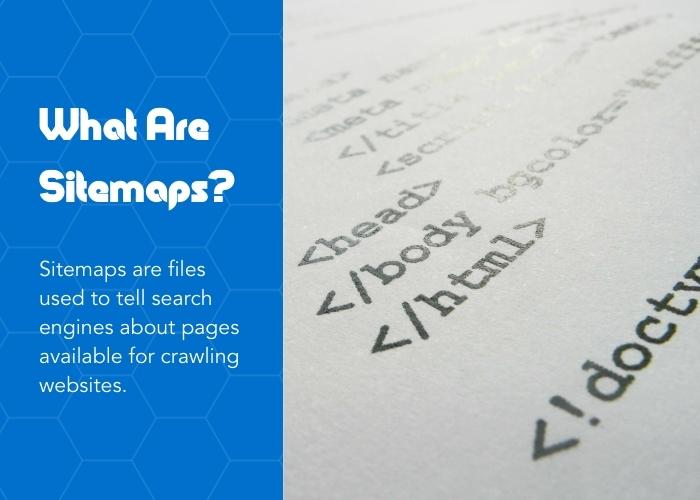
The first question we need to answer is ‘what are sitemaps’?
Sitemaps are files used to tell search engines about pages available for crawling websites. These files are just a list of URLs containing some extra information about the pages, such as when they were last updated.
First, it’s essential to understand that there are two types of sitemaps that websites use for SEO:
- XML sitemaps.
- HTML sitemaps.
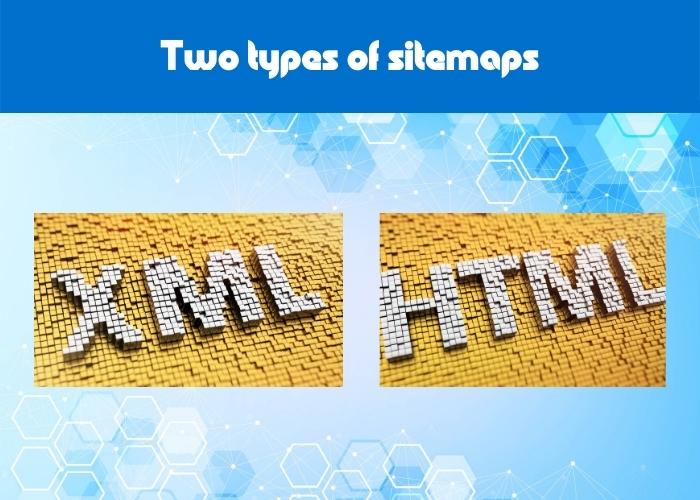
What Are XML Sitemaps?
XML sitemaps help search engines and spiders discover the pages on your website. These sitemaps give search engine spiders a website’s URLs and offer data that includes a complete map of all pages on a site. This helps search engines prioritize pages that they will crawl.
There is information within the sitemap that shows page change frequency on one URL versus others on that website, but it is unlikely that this affects rankings.
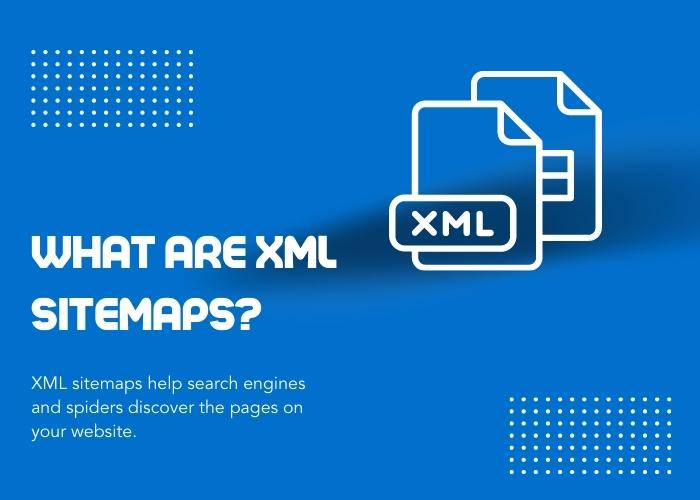
An XML sitemap is handy for large websites that might otherwise take a long time for a spider to crawl through the site and can help search engines know what pages exist. Without this sitemap, they would not be able to build the full menu of available pages until they completed a crawl of the whole site.
Every site has a specific crawl budget allocated to its location, so no search engine will crawl every URL the first time it encounters it.
An XML sitemap is a good way for a search engine to build its queue of the pages it wants to serve.
What Are HTML Sitemaps?
HTML sitemaps ostensibly serve website visitors. The sitemap includes every page on the website – from the main to lower-level pages- and can be thought of as a table of contents.
It’s commonly known that a well-organized HTML sitemap is just a clickable list of pages on a website. In its rawest form, it can be an unordered list of every page on a site – but don’t do that.
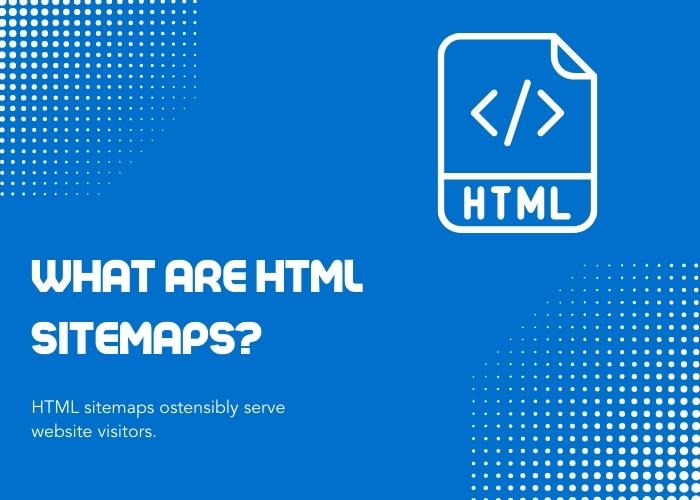
This is an excellent opportunity to create some order out of chaos, so it’s worth making an effort to build a handy page for your online audience.
Why You Should Leverage HTML Sitemaps for Search Engine Optimization
While you may already use an XML sitemap – and some insist that an HTML sitemap is no longer necessary – here are seven reasons to add (or keep) an updated HTML sitemap.
1. Organize Large Websites With a Good HTML Sitemap Page
Your website will grow in size. You may add an eCommerce store with several departments or expand your product portfolio. Or, more likely, the site develops as new ideas become a part of the company.
However, this can lead to confusion for visitors, who are then confused about where to go or what you have to offer.
The HTML sitemap works similarly to a department store or shopping mall map.
The sitemap is an excellent way for the person maintaining it to take stock of every page and ensure it has its rightful home somewhere on the site.
This is the directory for users that can’t find the pages they are looking for elsewhere on the site, and, as a last resort, this should help them get there. We find ourselves looking for sitemaps when we are confused about where to go on a website.
2. Your Sitemap Can Serve As A Project Manager & Architect
Think of the HTML sitemap as an architectural blueprint for your website.
The sitemap becomes a project management tool. It oversees the structure and connections between pages and sub-pages.
It’s also a forcing function to ensure a clear hierarchy and taxonomy for the site. Every page that is created has to find a home.
A good sitemap is like a well-organized daily schedule. As any busy person knows, there’s a big difference between a plan with every meeting popped on at random or those that are themed and organized around time blocks. In either case, an agenda is still a plan, but an organized one is far more helpful for everyone.
3. Highlight The Website’s Purpose
As a content-based document, the HTML sitemap serves as a way to define your website’s specific value further. Enhance this benefit by using SEO to identify the most unique and relevant keywords to include on the sitemap.
Anchor text is an excellent way of creating keyword relevancy for a page. A sitemap is an easy alternative to anchor text for pages without many cross-links. While there is no guarantee that search engines value the anchor text, it nonetheless does not hurt to try.
4. Speed The Work Of Search Engine Crawlers
You want to help those search engines out in any way you can and take control where you can. The assistance includes finding your content and moving it up in the crawl queue.
While an XML sitemap is just a laundry list of links, HTML links are the way search crawlers prefer to discover the web.
The HTML sitemap helps call attention to that content by spotlighting your website’s most important pages. You can also submit the text version of your sitemap to Google.
5. Increase Search Engine Visibility With HTML
With some websites, Google and other search engines may not go through the work of indexing every webpage.
For example, if you have a link on one of your web pages, then search bots may choose to follow that link.
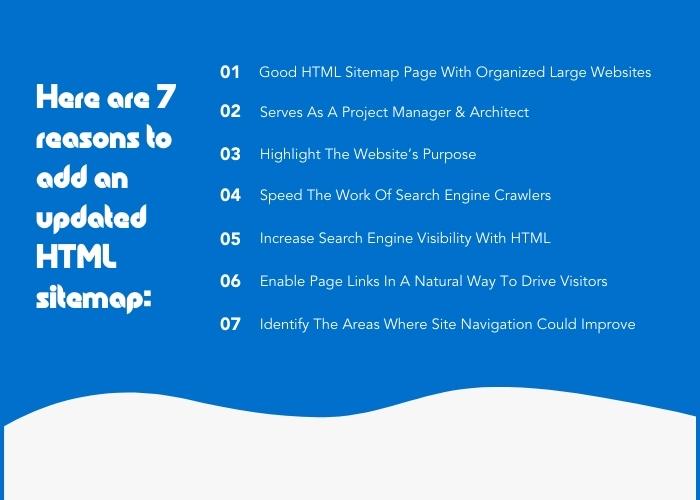
The bots want to verify that the link makes sense. Yet, in doing so, the bots may never return to continue indexing the remaining pages. The HTML sitemap can direct these bots to get the entire picture of your site and consider all the pages. In turn, this can facilitate the bots’ job, and they may stay longer to follow the page navigation laid out for them.
Not only does a taxonomy and hierarchy help users find themselves, but it’s also essential for search crawlers. The sitemap can help the crawlers understand the website’s taxonomy.
There is no limit to how big a sitemap can be, and LinkedIn even has a sitemap with links to all their millions of user pages.
6. Enable Page Links In A Natural Way To Drive Visitors
Not every page will connect through a link in a header or footer. The HTML sitemap can identify these ideal connections that address how visitors may look for things. This way, the HTML sitemap can reflect a visitor’s journey and guide them from research to purchase. This benefit of HTML sitemaps can raise the organic search visibility of these linked pages.
In this instance, the sitemap is the fallback that ensures that there is never a page on a site that is orphaned. We have seen considerable gains in the traffic of sites with issues with deeper pages not receiving many internal links.
7. Identify The Areas Where Site Navigation Could Improve
Once your website grows, and you develop more pages, duplicate data may be problematic for a search engine. Still, after mapping everything out, you can use the sitemap to find the duplication and remove it.
As an aside, this only works if an owner of the sitemap is looking at the sitemap semi-regularly. Also, when you apply analytics or heat map tools, you may conclude that more visitors are using the HTML sitemap than navigation.
This is a clear signal that you must reassess why this is happening if the current navigation is missing the mark. It’s essential to determine how you can change the site architecture to make it easier for visitors to find what they need.
For all these benefits, you’ll want to maintain an HTML sitemap. These benefits save resources (time and money). They also deliver an effective way to guide your website visitors to what they need and help close those sales.
If you liked this article, read more SEO tips and marketing content in the Webology blog.
We’re a professional SEO and PPC company leading the way in innovating the future of search engine optimization.
